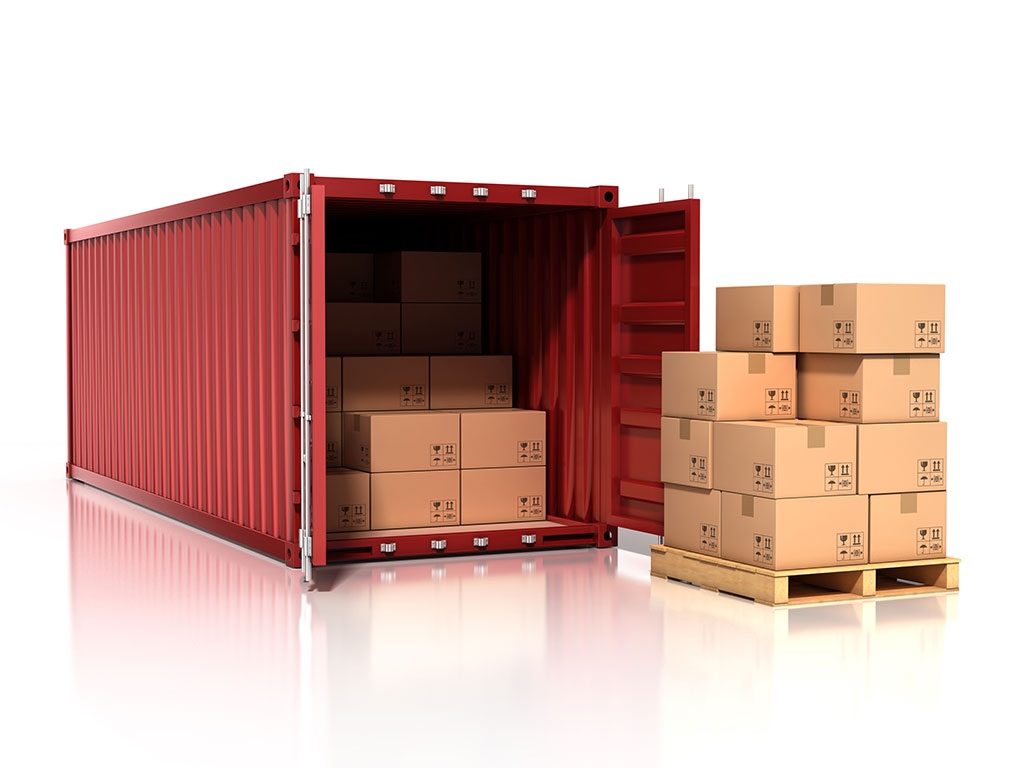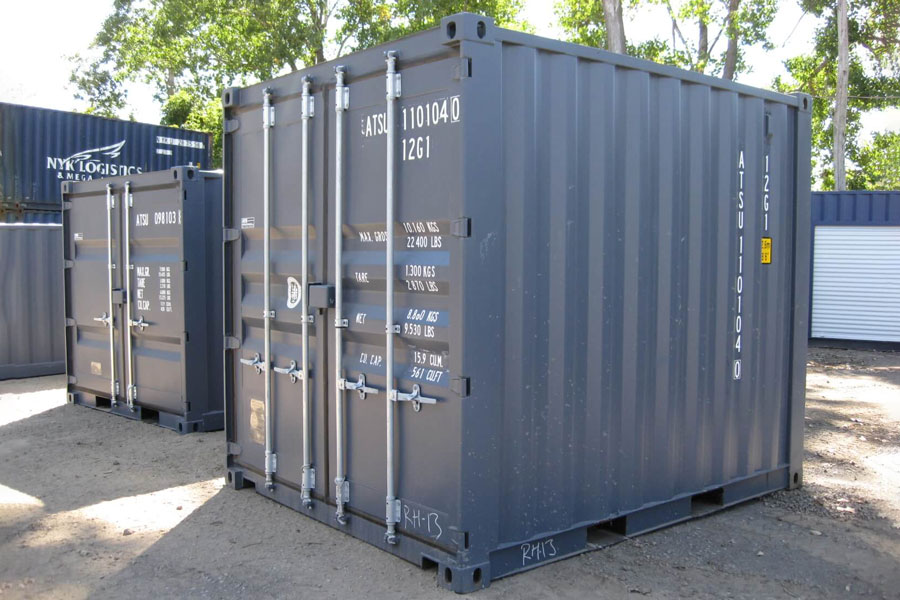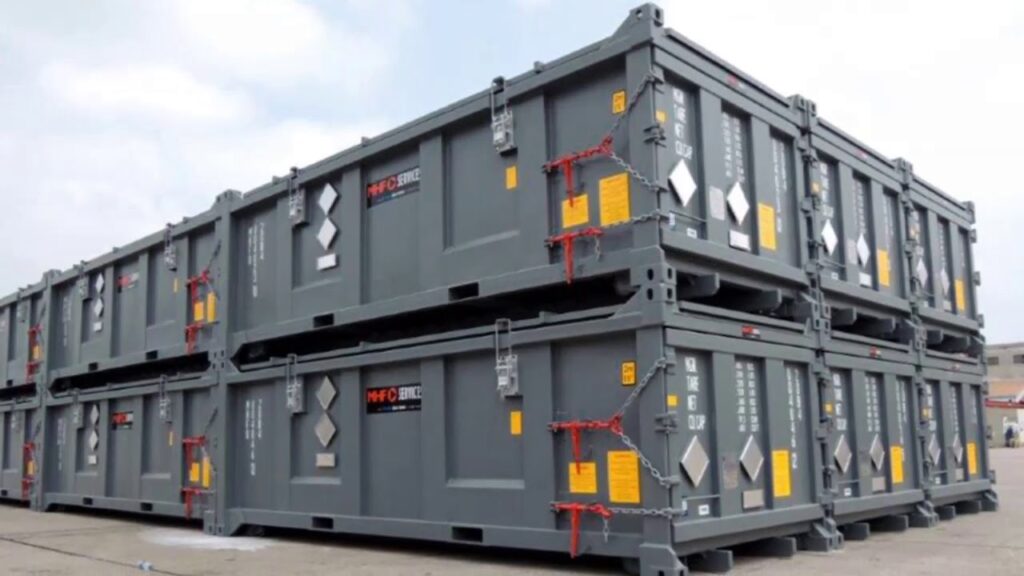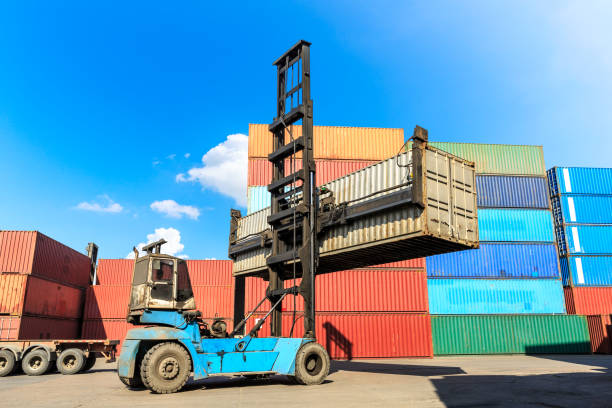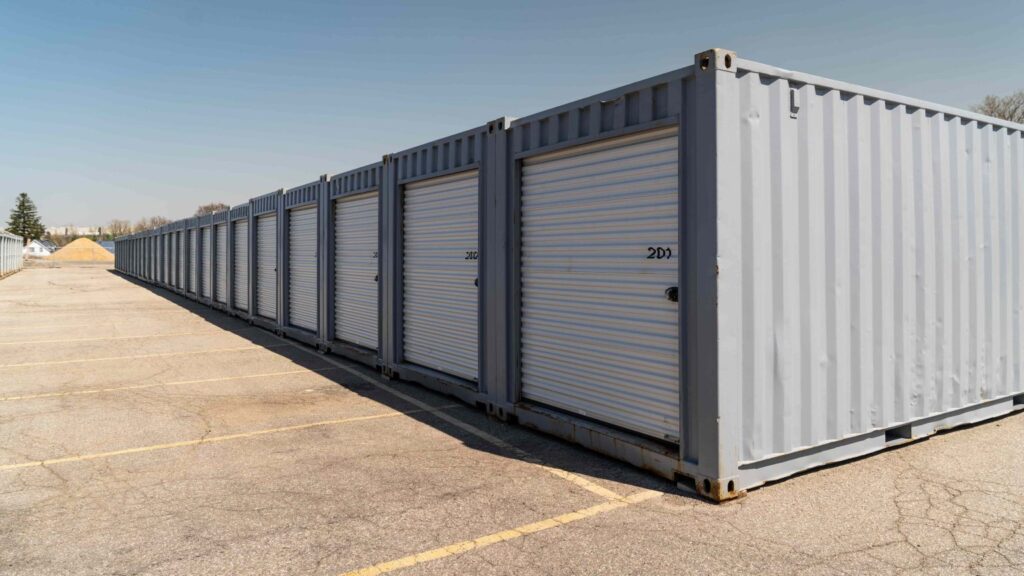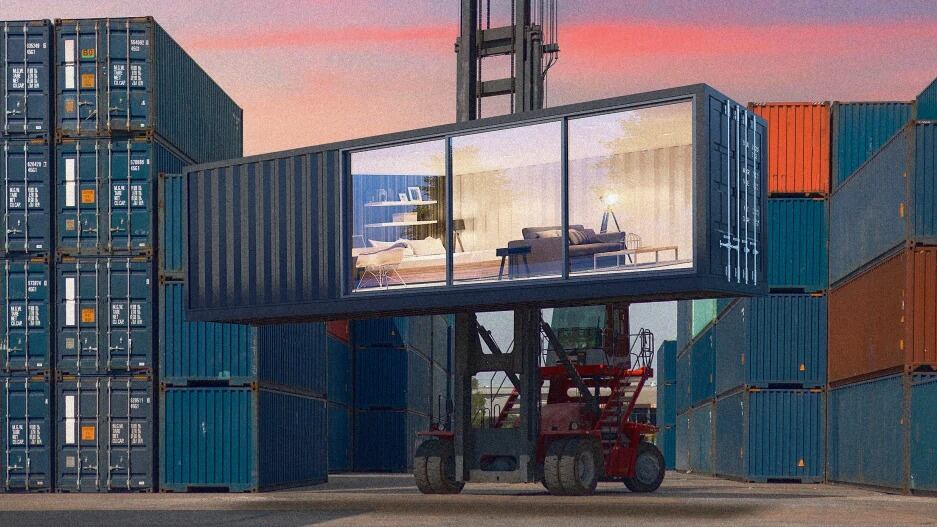Intermodal containers have become an integral part of global trade and logistics. Whether for shipping, storage, or a unique living space, understanding intermodal containers is paramount for anyone interested in buying one. In this guide, we will delve into everything you need to know about intermodal containers, providing a comprehensive overview that equips you with the knowledge to make an informed purchase.
1. What is an Intermodal Container?
Definition and Types
An intermodal container is a standardized shipping container that can be used across various modes of transportation—air, rail, and road—without unloading and reloading its contents. This efficiency greatly enhances logistics operations, reducing delays and damage.
The primary types of intermodal containers include:
- Standard Dry Containers: The most common type, suitable for various cargo.
- Refrigerated Containers (Reefers): Used for perishable goods that require temperature control.
- Open-Top Containers: Designed to transport tall loads that cannot fit through standard container doors.
- Flat Rack Containers: Ideal for heavy equipment and machinery.
History and Evolution
Intermodal containers were first introduced in the 1950s, revolutionizing freight transport. Malcolm McLean, a trucking entrepreneur, is credited with the concept of intermodal shipping. The containerization of cargo has reduced shipping costs, decreased transit times, and improved supply chain efficiency.
2. Benefits of Intermodal Containers
Cost-Effectiveness
Intermodal containers are a cost-effective solution for transporting goods. They reduce handling costs by allowing seamless transfers between shipping methods. This streamlined process can significantly affect overall logistics expenses.
Versatility
Intermodal containers can be used for various purposes beyond shipping. They are increasingly popular as mobile offices, storage solutions, and even homes. The adaptability of containers makes them a valuable investment.
Durability
Made from strong steel, intermodal containers are designed to withstand harsh environments. They are resistant to water, pests, and physical damage, ensuring that the cargo remains safe and secure during transportation.
3. Choosing the Right Intermodal Container
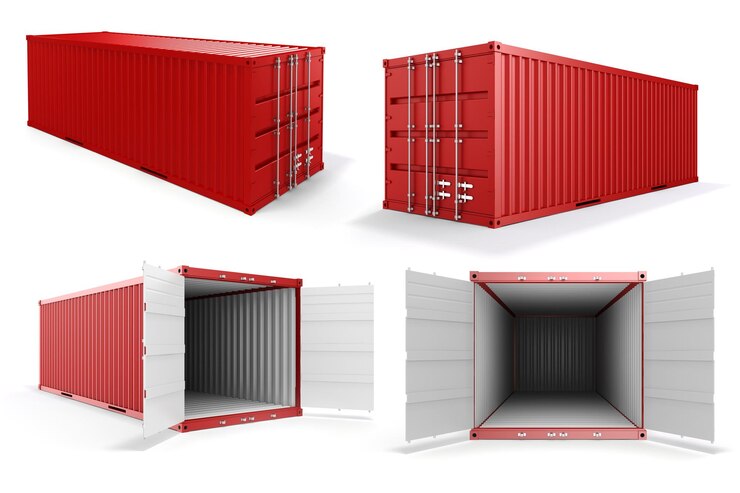
Types of Containers
When buying an intermodal container, it’s essential to know the type you need. Assess your intended usage as this will affect your choice.
- For general cargo, a standard dry container is typically sufficient.
- For perishables, opt for a refrigerated container.
- If you have oversized items, consider using open-top or flat-rack containers.
Size Considerations
Intermodal containers come in various sizes, commonly 20-foot and 40-foot lengths. When choosing a size, think about the space you have available for storage or transport and the volume of goods you plan to store or ship.
Condition: New vs. Used
Buying new containers ensures long-term durability, but used containers can be significantly cheaper. If opting for a used container, inspect it thoroughly for damage, rust, and wear.
4. How to Buy an Intermodal Container
Researching Dealers
Finding a reputable dealer is essential. Look for vendors who have a track record and positive customer reviews. Websites, trade shows, and industry publications can provide leads.
Online vs. Local Purchases
Both methods have their pros and cons. Online purchases often provide more options and competitive pricing. However, local purchases allow for direct inspection of the container before buying.
Evaluating Pricing
Prices vary based on the container type, condition, and market demand. Expect to pay anywhere from $1,500 for a used container to upwards of $6,000 for new ones. Always compare prices across dealers to ensure you’re getting a fair deal.
5. Understanding Container Specifications
Dimensions and Weight Limitations
Intermodal containers have standardized dimensions. A 20-foot container typically measures 20 x 8 x 8.5 feet, while a 40-foot container measures 40 x 8 x 8.5 feet. Always check the Maximum Payload and Tare Weight to ensure that they can accommodate your cargo safely.
Container Materials
Most intermodal containers are made from steel, providing strength and durability. Some may also use aluminum for lighter payloads, although this is less common. Understand the materials to anticipate maintenance and longevity.
6. Legal Considerations
Regulations and Compliance
Before purchasing, familiarize yourself with all regulations regarding shipping and storing goods in containers. Compliance with local and international laws is essential, particularly for specialized cargo like hazardous materials.
Transport and Procurement Considerations
Check the transport requirements in your area. Some regions have specific criteria for container placements, especially in residential zones. Always obtain the necessary permits before proceeding. Intermodal solutions
7. Maintenance and Care
Ensuring Longevity
Regular maintenance is vital for ensuring the longevity of your intermodal container. Keep it clean, inspect for rust or damage, and make repairs promptly to prevent further deterioration.
Inspections and Repairs
Conduct periodic inspections to identify issues early. Most reputable dealers offer warranties and repair options, so inquire about those when purchasing.
8. Frequently Asked Questions
How much does a used intermodal container cost?
Prices for used containers can start at approximately $1,500 and escalate depending on condition and location.
Can I inspect a container before purchasing?
Yes, physically inspecting the container is recommended to ensure it meets your standards and requirements.
Are intermodal containers weatherproof?
Yes, intermodal containers are designed to withstand various weather conditions, making them ideal for outdoor storage.
9. Conclusion
Buying an intermodal container can be a straightforward process with the right knowledge and preparation. Whether you’re looking for a storage solution, shipping container, or even a creative home design, understanding the types, specifications, costs, and maintenance involved is key to making a smart purchase. By following this guide, you are well-equipped to navigate the intermodal container market and find the perfect container that meets your needs.
Final Thoughts
Purchasing an intermodal container is not only an investment in logistics but can also be an opportunity to explore innovative uses for these versatile structures. Conduct thorough research, engage with reliable suppliers, and consider your unique needs as you embark on your intermodal container buying journey. With the right approach and informed decisions, you can leverage the benefits of intermodal containers for personal or business use, paving the way for success in your endeavors.

